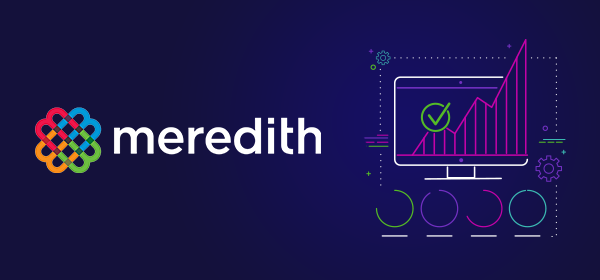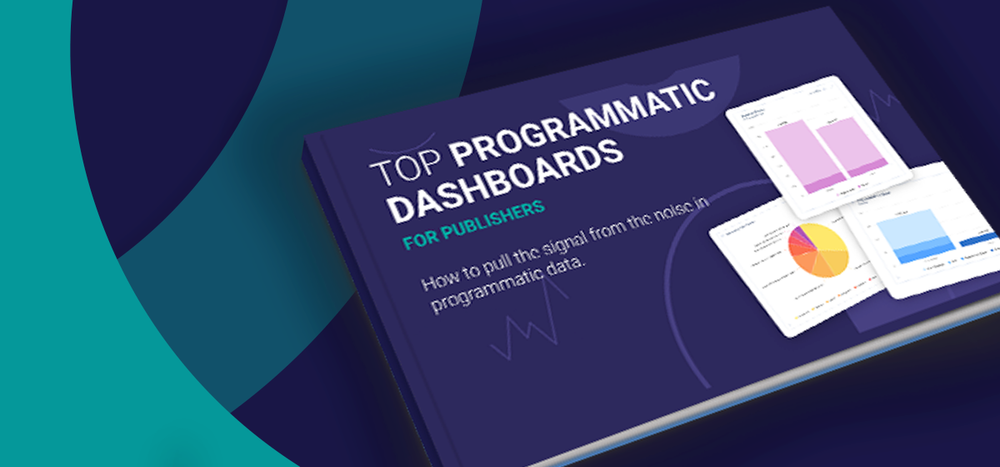San Diego (April 4, 2017) Ad-Juster, the only fully automated reconciliation and aggregation reporting system in the digital ad industry, today announced a new program designed to optimize programmatic inventory with reporting that normalizes different terminology (or "dimensions") used by various platforms in the programmatic ecosystem. The result will be significant savings in time and money for DSPs, ad networks, SSPs, ad exchanges, trading desks, brands and their agencies, ad tech platforms, and publishers.
"Until now, there, has been no single way to optimize programmatic performance, because of multiple monetization partners, so performance visibility is lost due to reporting complexities," says Matthew Essenburg, Ad-Juster's CTO. "In fact, some publishers aren’t aware that when a dimension terminology works extremely well on one platform, it may be entirely unavailable on another. For example, the same advertiser (dimension) might be called a dozen or so different names that do not translate from one platform or ad tech stack to the next. Ad-Juster is uniquely positioned in the digital ecosphere to crowd source and normalize the data sources in order to solve the wasted billions in un-optimized yield.
Ad-Juster's new programmatic reporting solution features will include easy and accurate data visualization, customizable reports and flexible filters, user-friendly dashboards and quick views and convenient data delivery and sharing.
"Buyers and Publishers employ programmatic solutions for the cost, time savings, and scale delivered through automation. Ad-Juster provides programmatic reporting so they can get the most from programmatic operations and investments," says Mr. Essenburg. "Partners will get the simplicity and efficiency they need for accurate analysis, planning, and transactions. Plus, our new Concierge Team will help them hit the ground running and provide the ongoing support needed to maintain lucrative momentum."
Ad-Juster's technology pulls delivery reports from over 200 of the third-party digital ad systems and then consolidates and normalizes the various dimension data into reports and live dashboards. This automation creates increased transparency and efficiency being able to view and report on any set of more than 150 data dimensions. Moreover, these incompatible dimensions change and need constant updating.
Here are a few examples of popular views:
- Viewing revenue by platform. Data is ready to view within 24 hours showing which platforms are the most profitable. This approach is valuable for assisting programmatic traffickers to see if there are any glaring deficiencies in eCPM rates across the different platforms.
- eCPM by platform, advertiser, and more. Quickly view how inventory is being purchased across many channels. Identify and close loopholes, allowing advertisers to pay less for inventory based on where they buy it.
- Visibility of fill rate by platform. Prioritize partners by quickly viewing who is filling to maximize the yield.
- Advertiser by Buyer. This increases the understanding of which brands work with which advertisers, and how much money each advertiser is spending on programmatic. This could lead to an avenue of advertiser intelligence that generates more direct sales revenue.
- Ad Unit by Country. Ad units that get sold to open exchanges in other countries may have some additional optimizations especially if certain ad units have low eCPM or fill rates. This also allows a view into whether there are international revenue opportunities, especially for sites that have global demographics.
Among the benefits for users is the ability to identify:
- Which ad partners have the highest performance ROI
- Which programmatic partners have valuable unique demand, see advertiser deals for direct sales opportunities
- And viewing programmatic inventory performance through limitless dimension and metric combinations.
"We see that normalizing the dimension data as the headwaters to future advancements in programmatic optimization. These include normalized data intake to enhance ad tech platforms, agencies connecting to our API to ingest structured data sets for their data warehouse," says Mr. Essenburg.
"Ad-Juster dashboards provide a quick view for checking revenue, eCPM, and impression levels at a glance. A sudden decrease or increase by partner, on any of these metrics, indicates a problem and we can act quickly, reducing our risk of lost revenue," says Chris Turley, Programmatic Operations Analyst at Scripps Networks Interactive.
Founded in 2007, Ad-Juster simplifies the manually intensive processes associated with digital ad operations. As the complexity of the digital landscape has exploded from standard display 3rd party ad delivery to include new systems and metrics for mobile, video, programmatic, viewability and many other growing ad quality measurements, Ad-Juster advancements have provided clients with state-of-the-art streamlined daily reporting as well as dashboard visualizations. Over 120 brand name digital publishing companies use Ad-Juster, including over half of the comScore Top 50 publishers by impression volume. The company was acquired by Innotech Capitals, an international private equity consortium group and the investment arm of Innotech International Group in January 2017.





